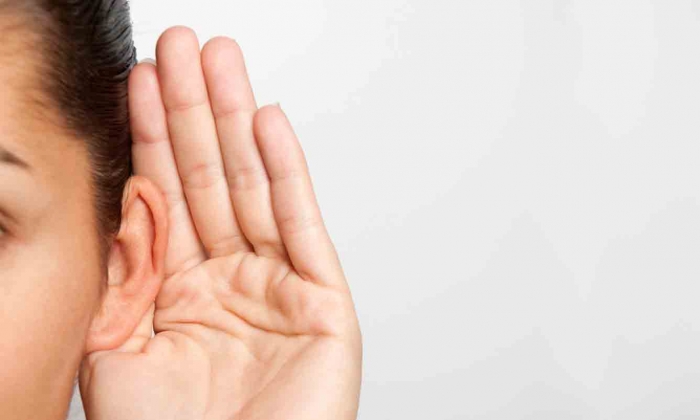This is called the dichotic right-ear advantage, and we've known about it for some time. It was first described in 1967, and connected to the left hemisphere of the brain, which, in neurotypical people, is dominant for language processing.
In 1973, researchers published a paper in which they found a dichotic right-ear advantage in children between the ages of 5 and 13 - and it was already in place by the time they were five years old.
Additionally, a 1974 study found that increasing the difficulty of listening increases the right-ear advantage.
Dichotic listening tests can also be used to help diagnose auditory processing disorders and understand disorders that can produce auditory hallucinations, such as schizophrenia.
Such tests involve feeding two different streams of audio information via headphones, one into each ear. These streams are usually speech, a voice reading out sentences or strings of numbers, and the test subjects are tasked with trying to focus on one side (separation) or both (integration), repeating the words back.
In this new research, the authors wanted to determine if the right-ear advantage persists even with the sort of background noise and interruptions humans experience in everyday life, instead of the focussed setting these tests are usually performed in.
"The more we know about listening in demanding environments, and listening effort in general, the better diagnostic tools, auditory management (including hearing aids) and auditory training will become," said lead author Danielle Sacchinelli from Auburn University in Alabama.
And, although it's clear that the right-ear advantage persists into adulthood, the authors also wanted to determine how well it is maintained.
This is because of how the right-ear advantage develops. We hear slightly different sounds in each ear, and they are combined in the auditory system. However, children's auditory systems have a harder time with this complicated task, so they rely more heavily on the right.
Adult auditory systems are better at processing and combining auditory signals, so the right-ear advantage subsides, the research team noted.
"As we age, we have better control of our attention for processing information as a result of maturation and our experience," said co-author Aurora Weaver.
The researchers recruited 41 adults between the ages of 19 and 28 to participate in a number of both separation and integration dichotic listening tests. With each subsequent test, the number of items on the list being recited through the headphones increased by one.
What they found was that there was no difference between how well the participants retained information fed into their left ear or their right ear - when the number of items was at or below the person's memory capacity.
However, when the number of items exceeded their memory capacity, their ability to remember items heard by their right ear was greater than their ability to remember items heard by their left ear. On average, this improvement was 8 percent, but in some individuals it was as high as 40 percent.
"Conventional research shows that right-ear advantage diminishes around age 13, but our results indicate this is related to the demand of the task," Weaver said.
"Cognitive skills, of course, are subject to decline with advanced aging, disease, or trauma. Therefore, we need to better understand the impact of cognitive demands on listening."
The team presented their research at the 174th meeting of the Acoustical Society of America.
More about: #Listening
















































